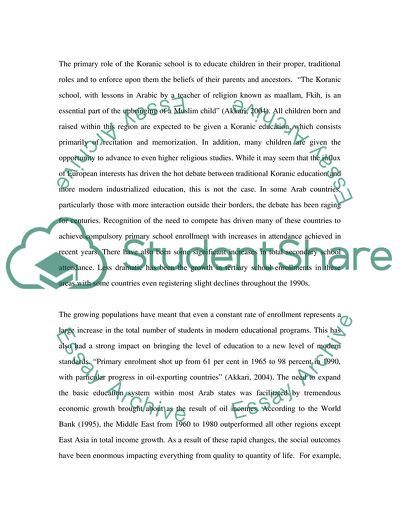Cite this document
(“New Independent School in the Middle East Essay”, n.d.)
New Independent School in the Middle East Essay. Retrieved from https://studentshare.org/education/1557175-new-independent-school-in-the-middle-east
New Independent School in the Middle East Essay. Retrieved from https://studentshare.org/education/1557175-new-independent-school-in-the-middle-east
(New Independent School in the Middle East Essay)
New Independent School in the Middle East Essay. https://studentshare.org/education/1557175-new-independent-school-in-the-middle-east.
New Independent School in the Middle East Essay. https://studentshare.org/education/1557175-new-independent-school-in-the-middle-east.
“New Independent School in the Middle East Essay”, n.d. https://studentshare.org/education/1557175-new-independent-school-in-the-middle-east.


